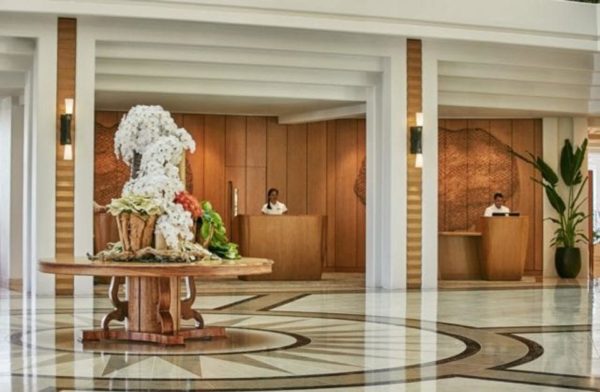
Hotel design trends tend to capture the local environment.
Four Seasons Resort Oahu at Ko Olina
Depending upon the era, hotel design trends can range from esoteric to fanciful and industrial to minimalist. Utilizing such design concepts as symmetry and simplicity, designers can transform a once dreary interior into a magical space that is both welcoming and functional. Whether it’s the bare-boned beauty of the minimalist or the neutral tones of rustic design, hotels tend to embrace the personality of their environment. Staci Patton, Principal at DLR Group says, “A trend that has impacted the hospitality industry the past decade has been the increase in lifestyle-driven design as a reflection of its surrounding community. This is especially true with boutique hotels, which present an opportunity to create a more distinct design with a cultural flair, while still being consistent with the hotel’s brand and particular aesthetic.”
Here are design trends that have impacted the hotel industry over the last ten years.
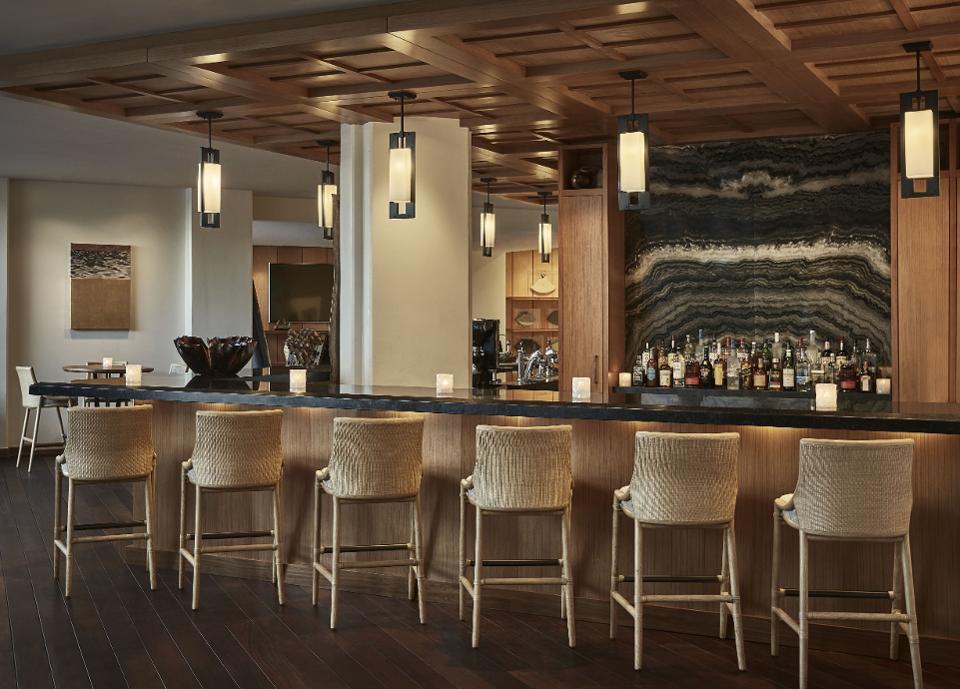
The use of traditional Koa wood elements is a striking Hawaiian design.
Four Seasons Resort Oahu at Ko Olina
Four Seasons Resort Oahu at Ko Olina, Kapolei, Hawaii
One design trend popular the past ten years was connecting guests with nature and the environment that the hotel is in. For example, Four Seasons Resort Oahu at Ko Olina, designed by de Reus Architects incorporates natural elements such as wood throughout the exterior and interior, to reflect the overall spirit of Hawaii’s Ko Olina. The use of traditional Koa wood elements also demonstrates timeless classism in design, creating a warm and inviting atmosphere.
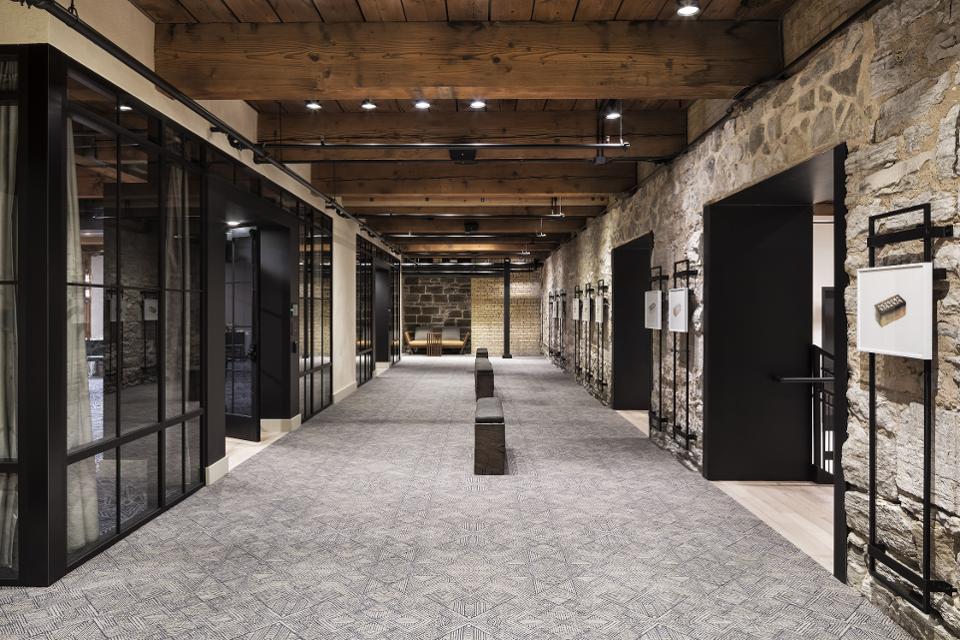
The design team revitalized the Canopy while preserving its historic design elements.
Jim Kruger, images courtesy of DLR Group
Canopy by Hilton Minneapolis Mill District, Minneapolis, Minnesota
DLR Group, Principal, Staci Patton
Connection to the community or destination through design can range from incorporating a mural from a local artist, using neighborhood food vendors and restaurants on-site, or bringing the outside in with natural elements. This lifestyle-driven aesthetic has also shifted priorities from the guest rooms to amenity spaces. The design team revitalized the Canopy while preserving its historic design elements of the original 1904 Thresher Square complex. The hotel embraces the comforts of Scandinavian home-works quilting, weaving, fire and candlelight. When creating amenity spaces, it was important to make sure that while they have their original purpose, that they are also multi-functional. The meeting room at Canopy is sometimes used for wellness conferences with yoga classes. Also, travelers are spending less time in their room and more time in the hotel’s lounge, fitness center, meeting room, restaurant or bar area. It’s important to have well-designed amenity spaces because these areas create a community hub that encourages interaction and delivers convenience.
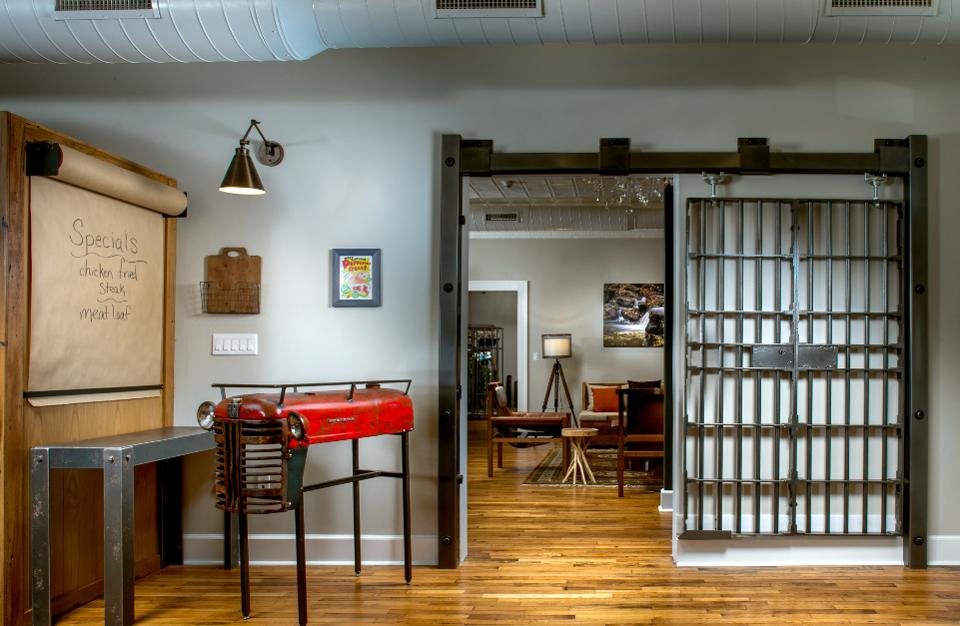
The design serves as an inspiration for its location.
David Robinson Photography
Western Front Hotel, St. Paul, Virginia
Interior Image Group, Senior Vice President of Design, Leslie Schultz,
Over the past decade, one major design trend of the hotel industry was that travelers crave unique experiences. They want to immerse themselves in the culture and feel as though they are getting a taste of the place they are visiting. When it comes to hotel design, it is important to tie in regionally-inspired aspects in order to contribute to this experience what guests desire. When Interior Image Group (IIG) designed the Western Front Hotel they wanted to create a story that was authentic, creative, and served as an inspiration for its location. It was important that guests felt they were experiencing the heart of Appalachia adventure through the design details in the boutique hotel. For guests to get the thrill of the Clinch River or Spearhead Trails, IIG incorporated local art and photography, reclaimed wood headboards and used wooden paddle boards as the room numbers.
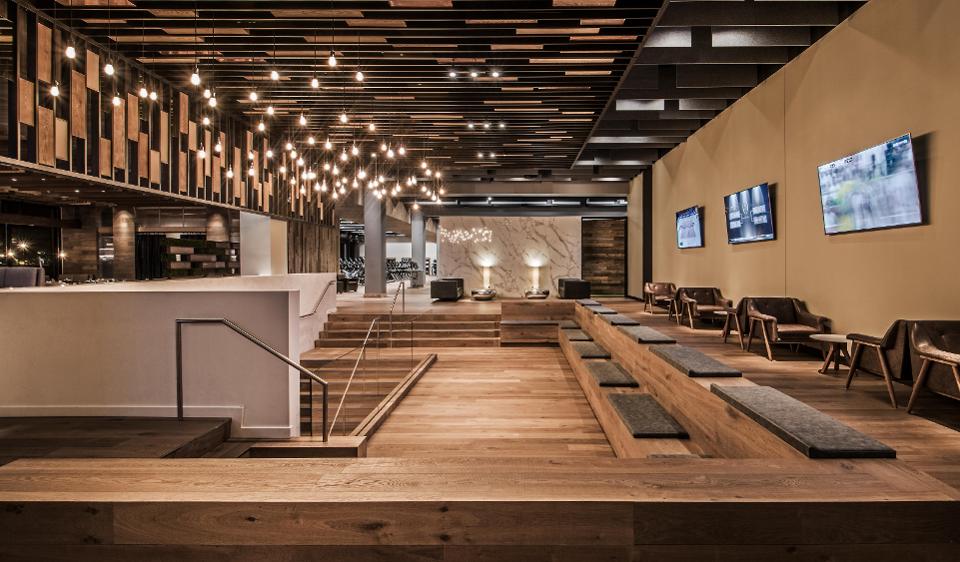
Design trends tend to create spaces that you want to occupy.
Anthony Tahlier
Hotel at Midtown Athletic Club, Chicago, Illinois
DMAC Architecture, Principal & Creative Director, Dwayne MacEwen,
During the 2010s, social media’s influence on hotel design came to the forefront. Millenials want to document the moments that inspire them in present time. Fortunately, being inspired by this movement, hotels in the last decade have moved from themed design to designing more authentic experiences. Major hotel brands had to up their games with immersive design. As a designer, it’s our responsibility to deliver more relevant experiences where people want to go and be seen. They want to capture these moments on Instagram to influence others, and to help them experience what they are seeing. When DMAC Architecture designed the Hotel at Midtown Athletic Club, a 55-room boutique hotel and fitness/wellness resort, they wanted the space to deliver an experience. Guest rooms were detailed with custom finishes and furnishings that complement the rest of the club as a continuum of design. They wanted to create spaces that you want to occupy (not just move through) that are both seamless, timeless and by virtue of being memorable and meaningful are also especially “Instagramable”.
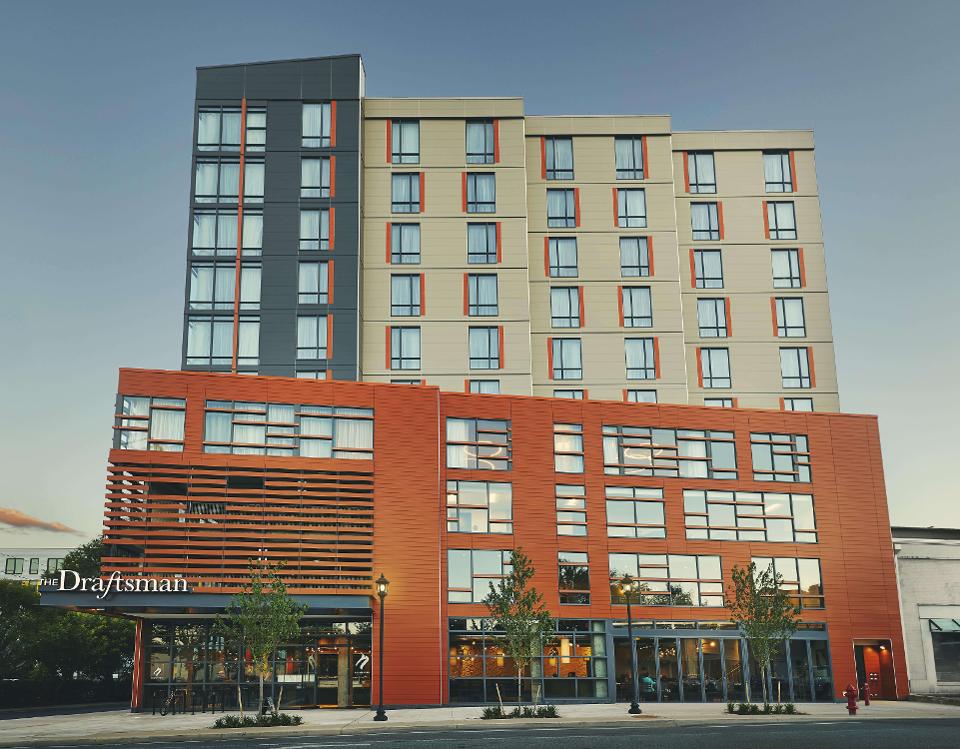
The design of a hotel needs to reflect the locale.
The Draftsman Hotel
The Draftsman Hotel, Charlottesville, Virginia
Israel Olmos, Senior associate and lead designer, BBGM
Olmos believes architectural design is an expression of our desire for authenticity. In the last decade, younger generations have demanded more honest, less chain-like hotel designs. Designers are creating more context and user-conscious designs. The design of a hotel needs to reflect the locale, thus the explosion of sub-brands in the lifestyle sector.
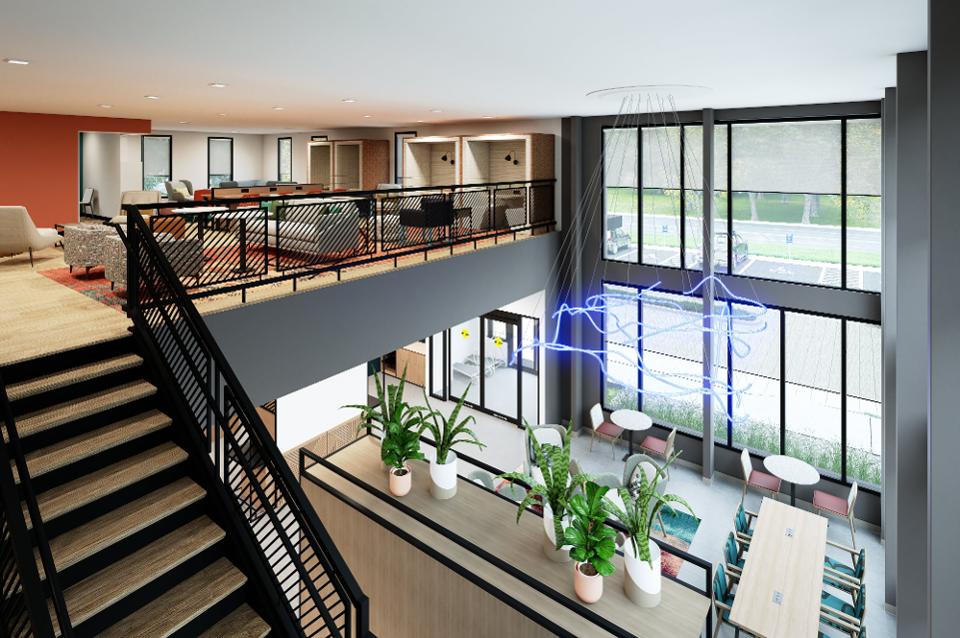
These days designers consider the ways in which guests seek originality.
HG Atwell Suites
//3877, Co-Founder & Principal, David Tracz
In the past decade, hotel brands have realized the degree to which interior design shapes the hotel guest’s experience. Thanks to the internet and social media, the hotel guest has become increasingly educated about aesthetics and brand standards. Similarly, the experiential nature of the hotel experience was fundamentally shaped in the last decade, as was the importance of catering to the ‘whole’ guest: mind, body and spirit. Hospitality is now about ‘the experience,’ so interior designers need to consider the ways in which guests seek originality and authenticity in their experiences. Working with IHG, //3877 has realized the Atwell Suites brand, tailor-made to meet the significant demand in the upper-midscale segment for a new all-suites brand. The brand gives owners and guests something different to what’s out there today – a stylish suite with the flex for guests to work, socialize or explore over a four-to-six-night stay.




